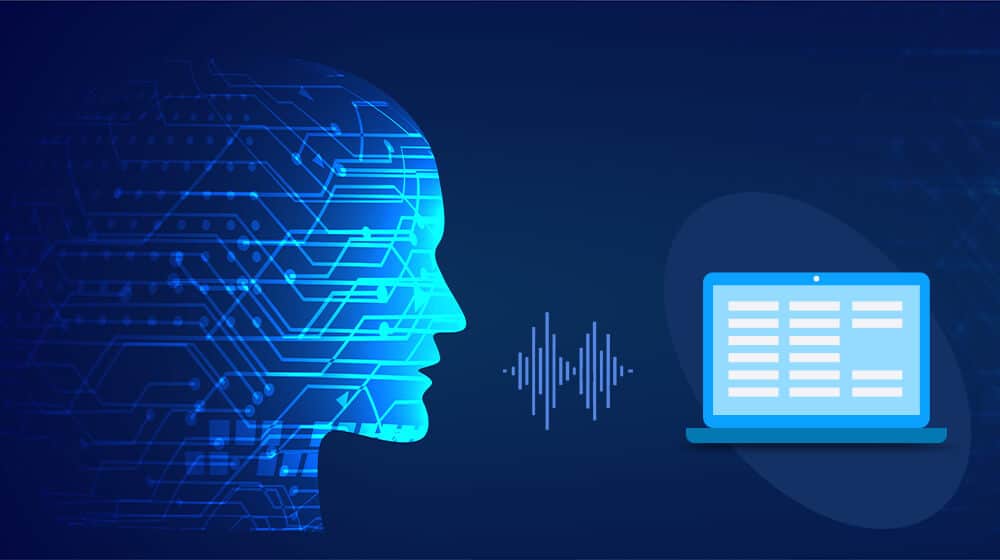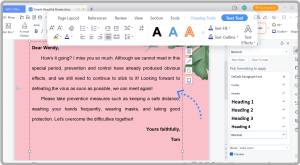In today’s fast-moving, information-heavy world, the ability to capture and convert spoken words into written text has become more important than ever. Across industries such as journalism, healthcare, law, education, research, and content creation, accurate transcription is essential for documentation, analysis, and communication. While manual transcription has long served this need, it is often time-consuming, costly, and prone to human error. The rise of artificial intelligence has introduced a game-changing solution: the AI transcription tool.
An AI transcription tool uses advanced language models and machine learning algorithms to convert audio into text automatically. Whether it’s a meeting recording, a podcast episode, a video interview, a lecture, or a legal deposition, the tool listens, processes, and transcribes spoken content into written format within minutes. This efficiency is one of the core advantages, dramatically reducing the time it would normally take to transcribe content by hand.
One of the most noticeable benefits of using AI transcription is speed. Manual transcription, even by a skilled typist, can take several hours depending on the length and complexity of the recording. In contrast, an AI transcription tool can process an hour-long file in a matter of minutes. This speed allows for quicker turnaround times, which is especially valuable in fast-paced environments where information needs to be processed and acted upon swiftly.
In addition to speed, accuracy has improved significantly with the advancement of AI models. While earlier versions of transcription software often struggled with accents, background noise, and specialised vocabulary, modern AI transcription tools are far more capable. They are trained on large and diverse datasets, which allows them to handle various dialects, speech patterns, and contexts with improved precision. Although no transcription method—manual or automated—is ever completely flawless, the accuracy level of a well-developed AI transcription tool is now more than sufficient for most business and academic needs.
Cost-effectiveness is another compelling reason to consider AI transcription. Hiring professional human transcribers can be expensive, especially for large volumes of audio or tight deadlines. With an AI transcription tool, the cost per transcription is typically much lower, making it a more accessible option for individuals, small businesses, and startups. The lower cost does not come at the expense of quality, making AI transcription an ideal solution for budget-conscious users who still require professional results.
Scalability is another major advantage. Organisations that produce large amounts of audio and video content, such as universities, media houses, or market research firms, can struggle to keep up with transcription demands. With AI transcription, scaling up is straightforward. Whether there are ten files or ten thousand, the tool can handle the workload efficiently and consistently. This capability is particularly valuable in sectors where documentation needs to be archived, analysed, or published at scale.
Another often overlooked benefit is accessibility. Transcriptions make audio content accessible to a wider audience, including individuals with hearing impairments or those who prefer reading over listening. This not only promotes inclusivity but also broadens the reach of the content. For educational institutions or online course providers, offering transcriptions alongside video or audio lessons enhances the learning experience and caters to diverse student needs.
AI transcription also plays a significant role in improving productivity and organisation. For professionals who conduct frequent meetings, interviews, or brainstorming sessions, having instant access to searchable text saves time and aids in follow-up tasks. Rather than relistening to lengthy recordings, users can quickly scan through transcripts to find key points, quotes, or decisions. This functionality is particularly useful for journalists, researchers, and business analysts who need to extract specific information efficiently.
Searchability is further enhanced when transcripts are used as part of a broader content management or documentation system. Unlike audio, which must be played linearly, text allows for quick keyword searches and easy reference. This makes it far easier to locate past discussions, verify facts, or compile reports. For businesses, this translates into improved knowledge retention and smoother project continuity, particularly in remote or distributed teams.
Language support is another area where AI transcription proves its value. Many tools can handle multiple languages or offer translations, enabling global teams and audiences to access content across language barriers. This is especially beneficial in international business contexts, where meetings or conferences may involve participants from different linguistic backgrounds. The ability to generate transcriptions in the original language and provide translated versions ensures that all stakeholders stay informed and aligned.
In content creation, AI transcription has become an indispensable tool. Creators and marketers can turn recorded interviews, webinars, or podcasts into articles, blog posts, and social media snippets with minimal effort. Having a written transcript serves as a ready-made content resource that can be repurposed across platforms, saving time while maintaining message consistency. This ability to repurpose spoken content into multiple written formats helps stretch the value of each piece of content and keeps publishing pipelines full.
For legal and compliance purposes, transcription is often mandatory. Depositions, hearings, and regulatory discussions must be documented accurately and stored for future reference. An AI transcription tool ensures that these tasks can be completed efficiently while maintaining a consistent format. The ability to timestamp transcripts or identify speakers further adds to the clarity and utility of the final output. While sensitive content should always be reviewed for accuracy, the initial transcription process is significantly accelerated through AI.
In the healthcare field, transcription has long been a staple, with medical professionals relying on accurate records for patient care and legal compliance. AI transcription tools now support this process by converting voice notes and consultations into structured, readable text. This reduces the administrative burden on healthcare providers and allows them to spend more time focusing on patients. The added benefit of digital storage and easy retrieval improves workflow efficiency and enhances collaboration across medical teams.
Transcription also benefits research in both academic and commercial settings. Recorded interviews, focus groups, or observational data can be transcribed rapidly, allowing researchers to begin coding, theming, and analysing data without delay. By shortening the time between data collection and analysis, AI transcription accelerates the research cycle and improves project timelines. Researchers also benefit from the ability to highlight or annotate text directly within digital transcripts, making their work more interactive and manageable.
Security and confidentiality have also become central considerations, especially when dealing with sensitive or proprietary information. Many AI transcription tools offer secure processing and encrypted storage to protect client data. While users must still exercise due diligence in handling and reviewing transcribed content, the technology itself is increasingly designed with privacy and compliance in mind. This gives organisations confidence that they can integrate transcription into their workflows without compromising data integrity.
Another area where AI transcription excels is in enhancing collaboration. When team members have access to transcripts of key discussions, everyone stays informed, even if they weren’t present during the original conversation. This supports transparency and accountability across departments and can be particularly beneficial in remote or asynchronous work environments. Having a written record of what was said helps to avoid misunderstandings and ensures that important decisions are documented and shared.
The advantage of using an AI transcription tool also lies in its role as a time-saving assistant in day-to-day tasks. Instead of typing up meeting notes or summarising calls manually, professionals can rely on transcription tools to do the heavy lifting. This frees up valuable time and mental energy for higher-level thinking, strategy, and decision-making. In an age where attention is a limited resource, tools that reclaim time and reduce cognitive load are increasingly vital.
Moreover, transcription contributes to better communication. When ideas, discussions, and instructions are clearly documented, misunderstandings are less likely to occur. Clarity improves, and expectations can be managed more effectively. This has positive knock-on effects for team dynamics, client relationships, and overall project success.
As artificial intelligence continues to advance, the capabilities of AI transcription tools will only grow more sophisticated. With better voice recognition, contextual understanding, and integration options, these tools will become more deeply embedded in the way individuals and organisations operate. From voice assistants to meeting platforms, transcription will become a natural part of the digital workflow.
To conclude, the advantage of using an AI transcription tool lies in its ability to enhance speed, accuracy, accessibility, and productivity across a wide range of fields. Whether you’re a journalist chasing deadlines, a researcher analysing interviews, a business leader documenting strategy meetings, or a creator repurposing audio content, transcription powered by AI offers a streamlined, reliable, and scalable solution. While human oversight remains important for context and nuance, the sheer efficiency and convenience of AI transcription make it an indispensable tool in the modern information era.




